STEM "toys" that work in the classroom
What physical "toys" can you use in the classroom?
STEM is the acronym for Science, Technology, Engineering and Maths. This blog looks at some of the resources I have been experimenting with. They are often found in Toy shops and Games shops and can be used to teach STEM and computational thinking.
I have not been paid for these tools or this blog.
Positives: The use of drawing activities engages people who may not otherwise be interested in electronics. It is easy to follow instructions. All the materials are included so it is a one off cost. Engaging activities that build in difficulty. The kit gives a good understanding to how circuits work. The use of paper circuits can be integrated into origami and pop up cards and books. This is an easy introductory concept for anyone to try.
Negatives: The main negative is cost, this book is a once only use. The book cost me $49.95 AU in Australian Geographic it may be cheaper to purchase online. It is cheaper to source copper tape, batteries and lights separately.
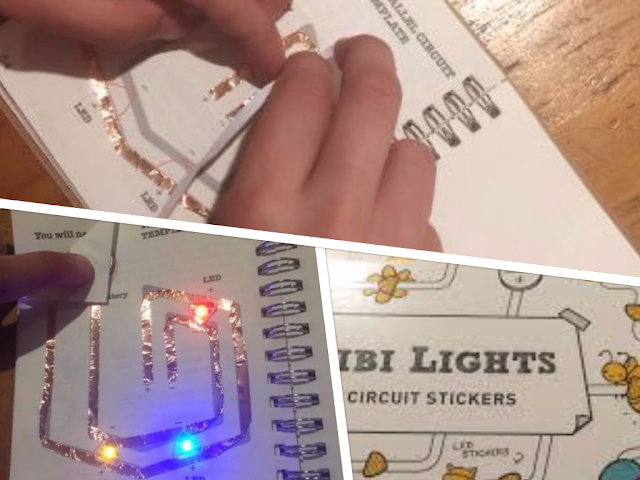
Roominate
Roominate is a construction toy that targets girls. It allows for the integration of simple motors and circuits. Roominate also has an app
Positives
The toy is purchased in kits. Builders are able to build models that appeals to them. They do not have to stick to the plan included in the kit. The kits include various fans, motors and lighting. These can be used in any way. The inclusion of paper backgrounds and stickers is often appealing to young builders who like to customise their models and change their plans for each model.
Negatives
Many of the toys models in the gallery focus on traditional homemaker roles. The brand would benefit from empowering girls by integrating more scientific and technologically based rolemodels for girls. The stickers and paper backgrounds are not always durable.
I have not been paid for these tools or this blog.
Chibitronics
Description: A kit with a book of activities to learn about circuits. It includes activities once a circuit is completed you can draw a picture to go with it.Positives: The use of drawing activities engages people who may not otherwise be interested in electronics. It is easy to follow instructions. All the materials are included so it is a one off cost. Engaging activities that build in difficulty. The kit gives a good understanding to how circuits work. The use of paper circuits can be integrated into origami and pop up cards and books. This is an easy introductory concept for anyone to try.
Negatives: The main negative is cost, this book is a once only use. The book cost me $49.95 AU in Australian Geographic it may be cheaper to purchase online. It is cheaper to source copper tape, batteries and lights separately.

Roominate
Roominate is a construction toy that targets girls. It allows for the integration of simple motors and circuits. Roominate also has an app
Positives
The toy is purchased in kits. Builders are able to build models that appeals to them. They do not have to stick to the plan included in the kit. The kits include various fans, motors and lighting. These can be used in any way. The inclusion of paper backgrounds and stickers is often appealing to young builders who like to customise their models and change their plans for each model.
Negatives
Many of the toys models in the gallery focus on traditional homemaker roles. The brand would benefit from empowering girls by integrating more scientific and technologically based rolemodels for girls. The stickers and paper backgrounds are not always durable.


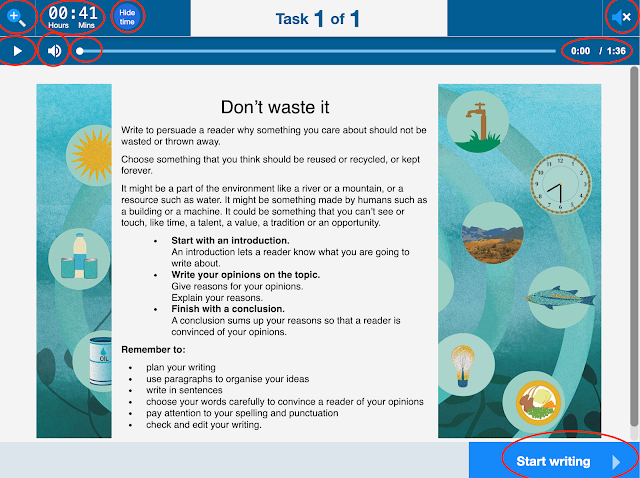




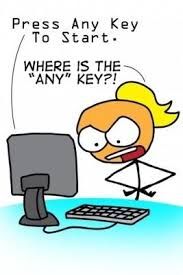

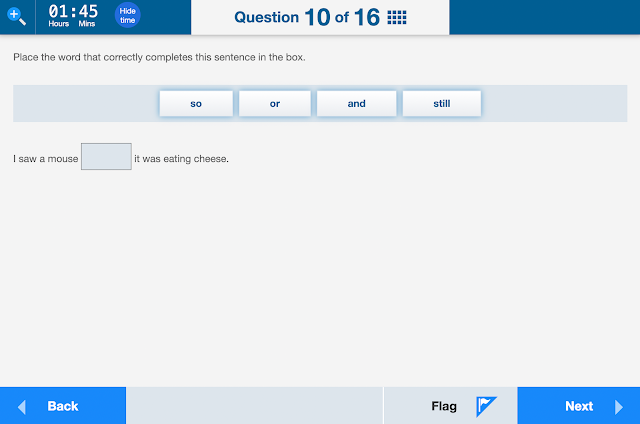
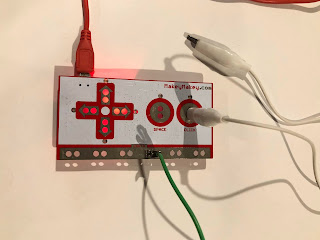
Comments
Post a Comment